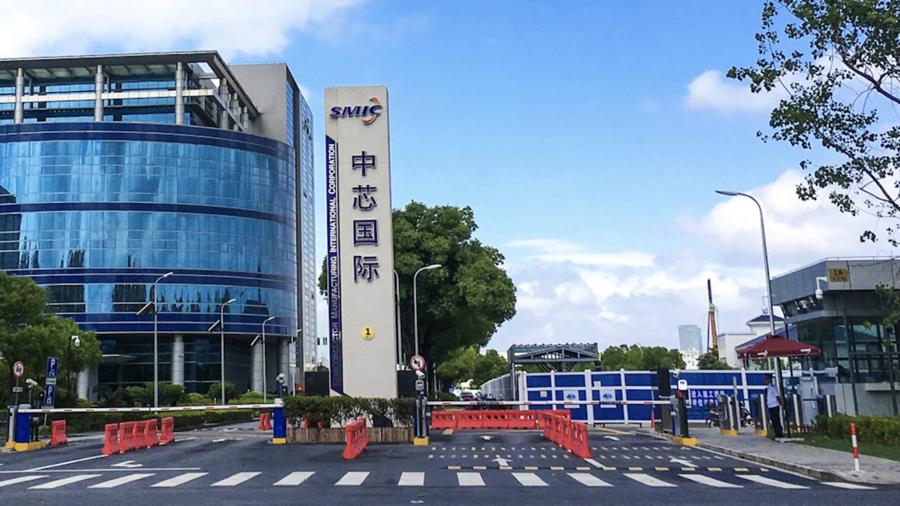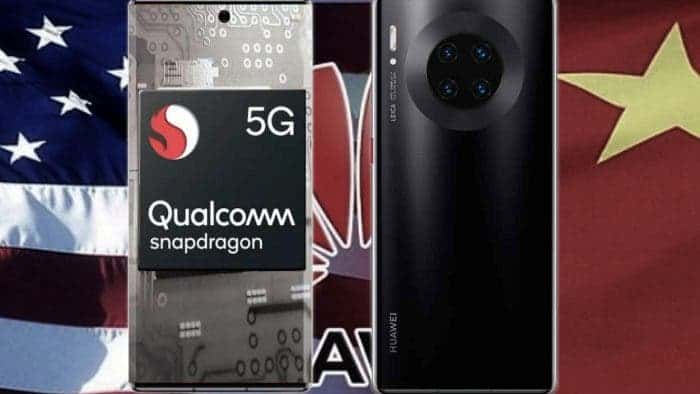The U.S Commerce Department is running after Huawei once again. This month, the company completed one year on the US entity list, and the government decided to expand the restrictions of the Chinse market. Now, the US government is gearing up to give a huge blow on Huawei by preventing the smartphone maker from receive chips from foundries like TSMC. The company is the major supplier of Huawei’s HiSilicon Kirin chipsets. A new export rule determines that any foundry shipping chips made using U.S technology will need to obtain a license before shipping components to Huawei. The US government is giving a window for Huawei allowing the company to take possession of any chips produced from wafers currently in production as long as they are shipped before September 14th. As a result, Huawei will be able to secure enough 5nm Kirin 1020 SoCs for the Huawei Mate 40 lineup.
According to an analyst, Huawei could use Snapdragon chips for 2021 flagships. Seriously?

SMIC is out of the league for 2021, what’s the next step?







but snapdragon is usa made chip.
This is highly possible. The US ban on Huawei is not one way hurt, but two ways. On one hand, US is strong on upper side of the supply chain, but very weak on downstream side (where Huawei makes multiple high-tech parts, assemble into various devices combining advanced foreign parts as well, build structural line, and after services). US no longer produces a lot of end products. If US does not sell chips, what does it make a living ? However, Huawei just cannot rely on this kind of government interference – it’s so dangerous.
I thought they were building their own chip and they won’t need Snapdragon anymore or other US part in their phones or devices. I swear this company lies every fucking time it’s shameful.